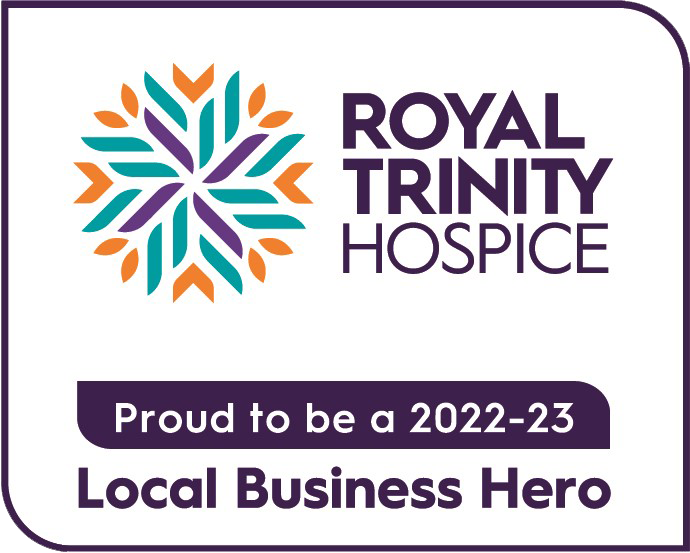
ICYMI
It’s rumoured there may be readers of Insight who are not in any way connected professionally with healthcare, social care or the NHS. You farmers, HR consultants, charity professionals and other subscribers out there, may never know what those of us steeped in this labyrinthine world have to understand your behalf. Until today.
The publication earlier this year of the government’s health white paper year may have passed you by. Snappily titled, Integration and Innovation: working together to improve health and social care for all, it was largely regarded as rubber stamping the legislation following the NHS’s organisational changes that have been going on for a few years now. In healthcare that is, not social care. That’s another story.
NHS Providers, the highly regarded membership organisation for the NHS hospital, mental health, community and ambulance services, has subsequently published a handy glossary, designed for NHS governors, which seeks to explain the terminology of the new organisational set up – and, most handily what all those acronyms mean. It goes something like this:
The NHS is now being run largely around the formation of ICSs (Integrated Care Systems) which will replace CCGs (Clinical Commissioning Groups). ICS’s are not to be confused with STPs (Sustainability and Transformation Plans – but sometimes Partnerships – and never with sticky toffee puddings). The most successful STPs have now all become ICSs.
ICSBs (the NHS ICS Body) will now become the legal entities under which the NHS will operate.
To avoid the NHS ICSB’s becoming too big and unwieldy, a substructure to be called ICS HCPs (ICS Health and Care Partnership) will also be set up.
But what about Provider Collaboratives (PC) I hear you ask. Can you have an acronym with only two letters? Thankfully, NHS England / Improvement (NHSE/I) has thought of this and has invented Integrated Care Partnerships / Providers (ICSP/P). PCs can rest easy in the knowledge they are part of an acronym of five letters. And a slash.
It’s been recognised that administration and delivery of healthcare works best with populations of between 30-50,000 people. All this reorganisation is based on what’s been termed place-based care. It’s a bit like having what are sometimes called counties.
So, while each ICS will serve a population of between 250-500,000, Primary Care Networks (PCNs) bring together a group of local general practices (GPs) with other primary and community care organisations (PCOs) to join up health and care services at neighbourhood level.
There. It’s pretty straightforward really.
On the other hand, you might consider Thomas Gray’s 1742 poem, Ode on a Distant Prospect of Eton College is apposite under the circs: “Where ignorance is bliss, ’tis folly to be wise.”

